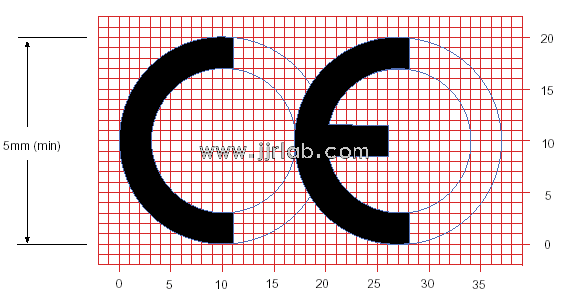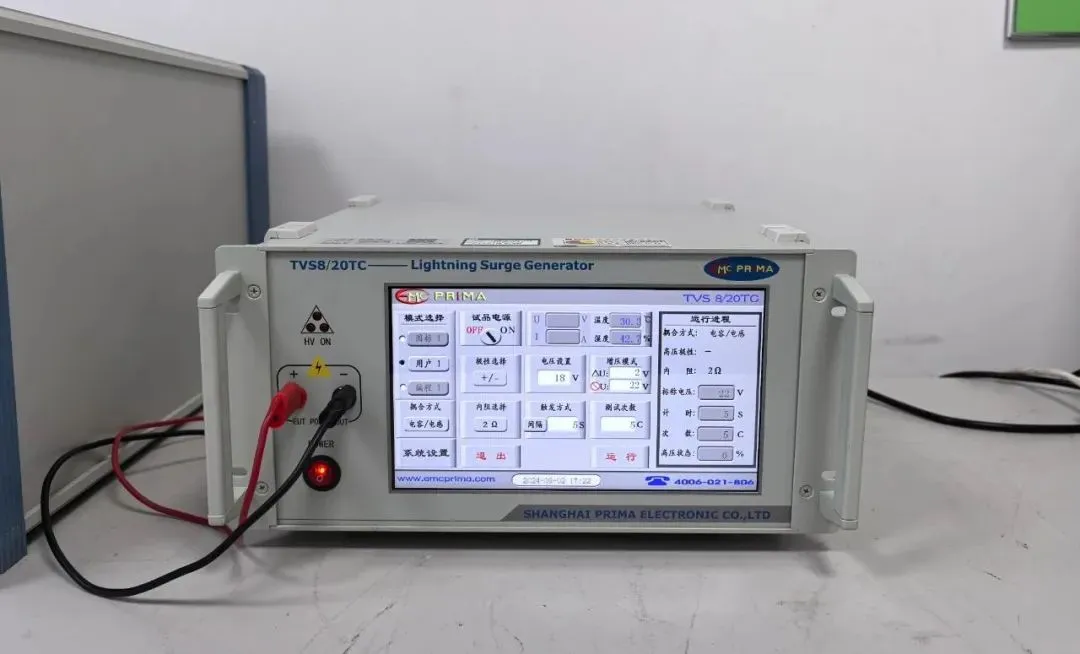
What is CE on Appliances?
ce marking stands for "European Conformity" (Conformité Européenne). It is a declaration by the manufacturer that their product complies with the essential requirements of the relevant European health, safety, and environmental protection legislation. The CE mark is a mandatory conformity mark for products placed on the market in the European EconoMIC Area (EEA), and it can be regarded as a "passport" for entry into the European market.

For household appliances, CE certification is based on a series of technical standards and guidelines developed by the EU. These cover product safety, environmental protection, electromagnetic compatibility (EMC), and health requirements. The specific CE standards applied vary depending on the type, function, and features of the appliance.
EMC (Electromagnetic Compatibility) Test Items:
1. Conducted disturbances; Radiated emissions; Harmonic current emissions
2. Voltage fluctuations and flicker; Electrostatic discharge immunity
3. Electrical fast transient/burst immunity
4. Surge immunity; Voltage dips and short interruptions immunity
5. Continuous interference; Radiated RF electromagnetic field immunity
6. Conducted RF immunity
In addition to LVD (low voltage directive) and emc testing, some appliances with wireless functions (e.g., Bluetooth, WiFi) must also comply with the RED (Radio Equipment Directive). Example standards include:
- EN 300 328: BT and WiFi (2.4 GHz)
- EN 301 893 / EN 300 440: WiFi (5 GHz)
Safety (LVD) Test Items:
1. Markings and instructions; Protection against access to live parts
2. Starting of electrical appliances; Input power and current
3. Heating; Leakage current and electric strength at operating temperature
4. Moisture resistance; Leakage current and electric strength
5. Overload protection of transformers and related circuits; Durability
Wireless RED RF Test Items:
1. Output power, duty cycle, transmission sequences, transmission gaps, medium utilization
2. Power spectral density
3. CumULative transmission time, channel occupancy time, frequency hopping sequences
4. Frequency separation for FHSS; Adaptive frequency hopping
5. Occupied bandwidth; Out-of-band emissions
6. Spurious emissions (transmit and receive); Blocking
If the appliance contains a built-in battery, the battery must comply with iec 62133 testing requirements.
For portable or fixed-installation devices:
- If WiFi transmission power is less than 20 mW or the device uses Bluetooth, SAR (Specific Absorption Rate) evaluation is required.
CE Certification Timeline and Sample Requirements for Household Appliances:
- Without wireless function: 7 working days, 2 complete appliance samples
- With wireless function: 2–3 weeks, 3 complete appliance samples + 1 fixed-frequency sample
Required Documentation for CE Certification:
1. Application form; User manual; Circuit diagrams
2. Structural diagrams; Bill of materials (BOM)
3. Fixed-frequency software and operation instructions (required for wireless devices)
Email:hello@jjrlab.com
Write your message here and send it to us
 Is CE Certification Accepted in Australia
Is CE Certification Accepted in Australia
 How to Get Children's Product Certificate (CPC)?
How to Get Children's Product Certificate (CPC)?
 Is RoHS Compliance Required in the US?
Is RoHS Compliance Required in the US?
 SDoC Required for NBTC Wireless NVRs
SDoC Required for NBTC Wireless NVRs
 Does Your Product Require FCC ID or SDoC?
Does Your Product Require FCC ID or SDoC?
 What is EN 18031 Cybersecurity?
What is EN 18031 Cybersecurity?
 EU CE-RED Certification for IoT Wireless Products
EU CE-RED Certification for IoT Wireless Products
 What Products Are Covered by Amazon TIC Audits?
What Products Are Covered by Amazon TIC Audits?
Leave us a message
24-hour online customer service at any time to respond, so that you worry!




